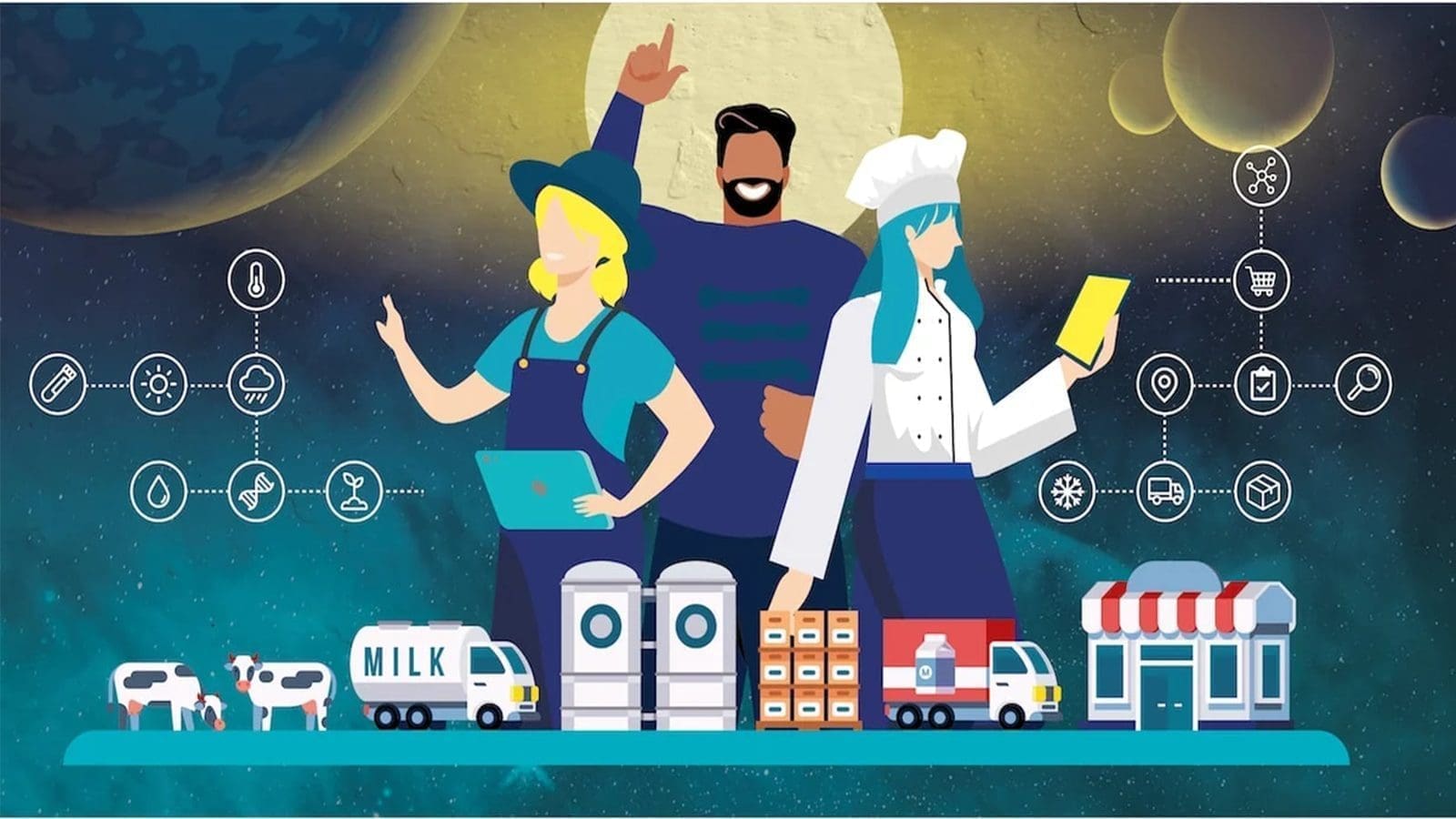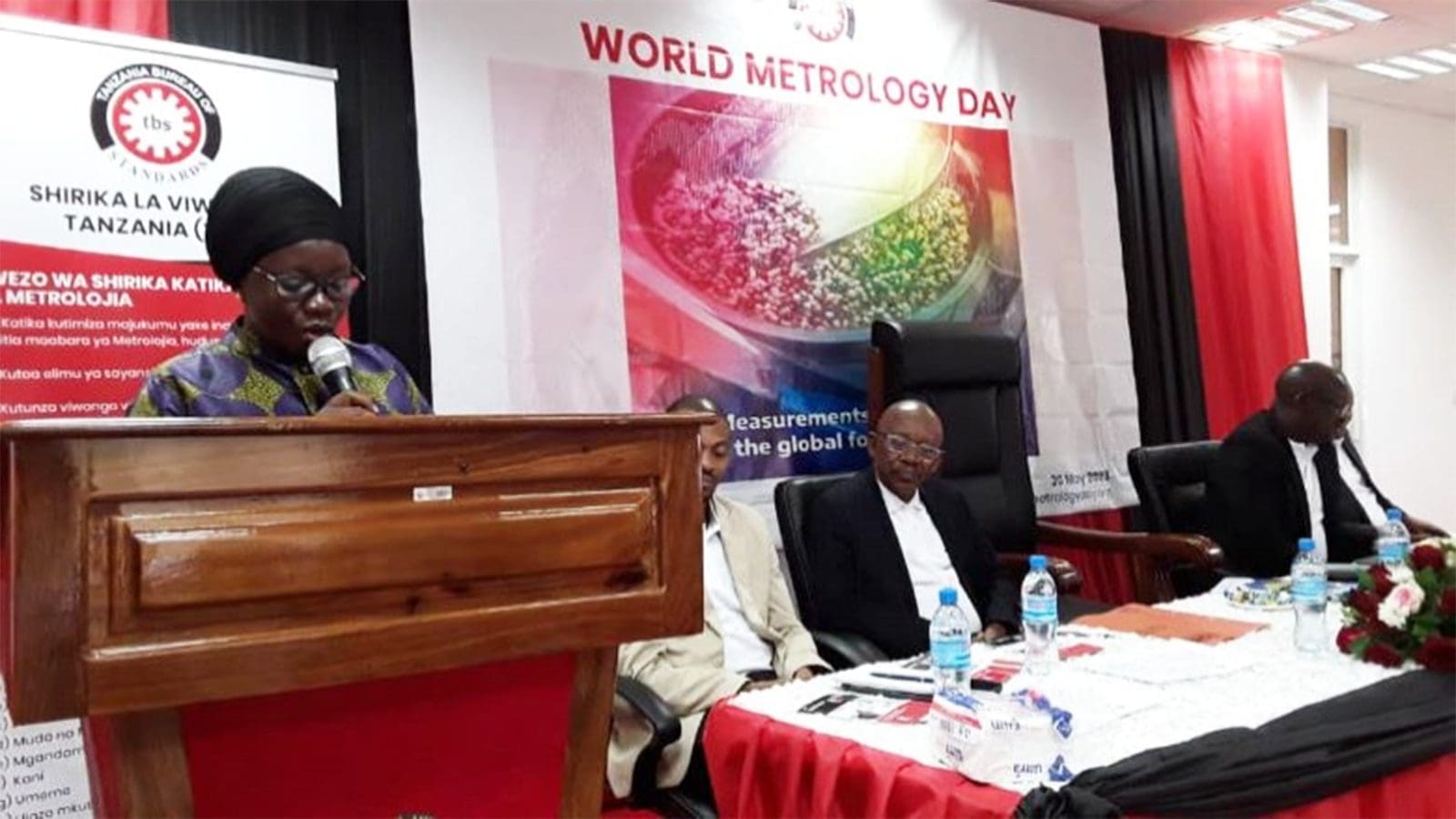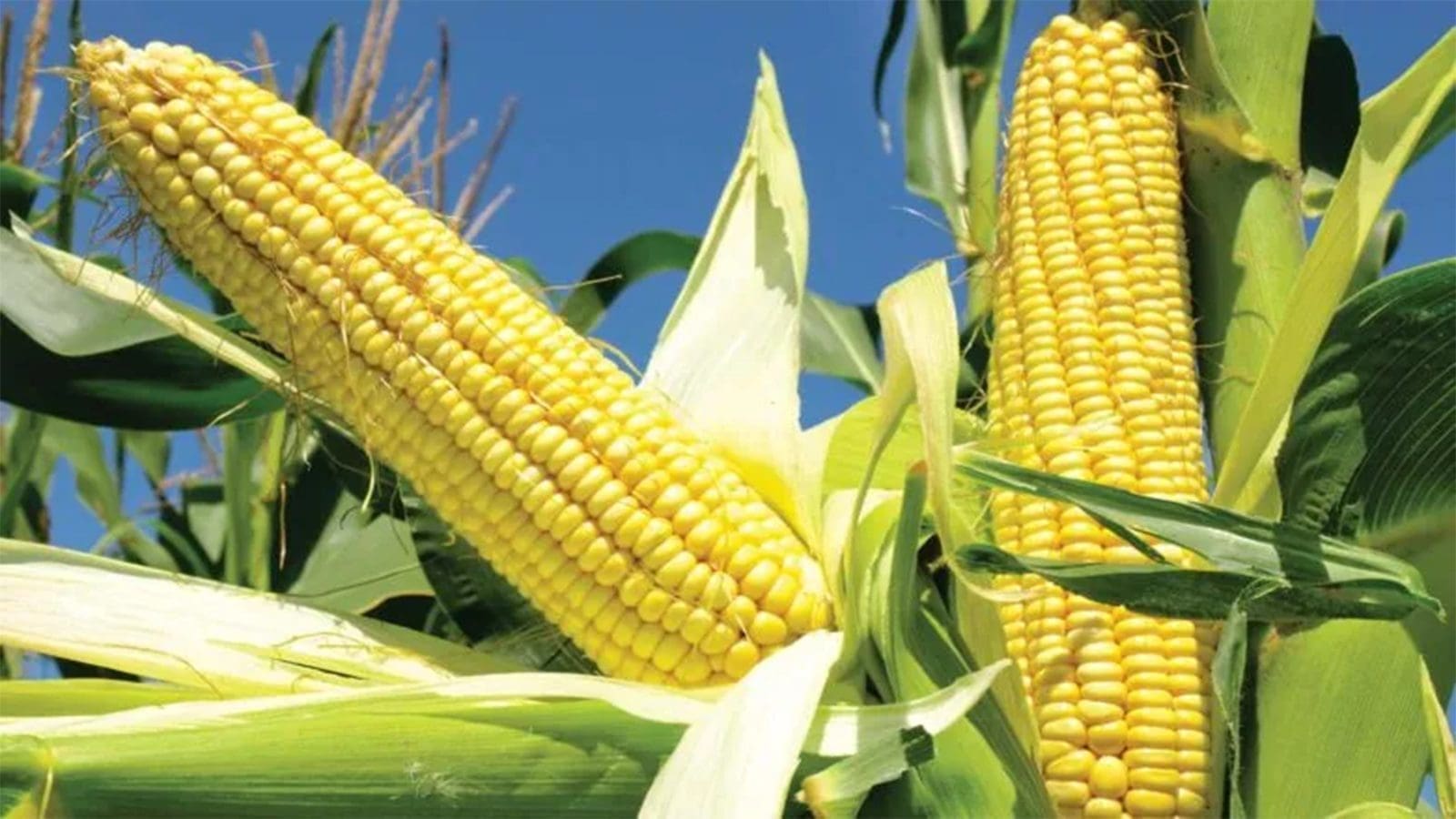GLOBAL – The World Health Organization (WHO) has called for urgent changes in the food systems in order to enhance food safety and health.
According to the WHO, several issues, are negatively affecting health including zoonotic pathogens that spread between animals and humans.
WHO notes that the current system is “failing” due to the prevalence of foodborne infections, unhealthy diets, and malnutrition as the primary causes of disease.
Food systems have an impact on health through poor diets and food insecurity, the spread of animal-to-human illness, an increase in antibiotic resistance, hazardous and adulterated foods, environmental contamination, and workplace risks.
WHO officials said the sector is vulnerable to climate change, the COVID-19 pandemic, and the war in Ukraine affecting access to, and prices of, food globally and the incidence of foodborne infections.
“Increasing temperatures, changing precipitation patterns, and greater frequency of some extreme events affect crop and animal yields and the geographic distribution and persistence of foodborne pathogens, parasites, and contaminants,” they said in an official statement.
A significant contributor to biodiversity loss is land use change, along with wildlife hunting and trade, which also contributes to the spread of pathogens from animals to humans.
According to estimates from 2015, contaminated food causes 600 million illnesses and 420,000 deaths annually, including 125,000 children under the age of 5. Updated figures are expected by 2025.
WHO’s 2022– 2030 food safety strategy was released in late 2022 with the goal of reducing foodborne illnesses.
The plan envisions a 40% reduction in the burden of foodborne illness by 2030 as its goal.
WHO advised states to establish legislative and policy frameworks to encourage the production, consumption, and accessibility of safer and healthier meals.
One component of the strategy is strengthening national food control systems and surveillance to prevent and better address responses to foodborne diseases.
“All stakeholders, including governments, industry, consumers, and civil society, must act simultaneously through different entry points of the food system to ensure a systemic response to risks posed to food safety and quality,” said WHO officials.
Neglected tropical diseases
WHO has also released a progress report on neglected tropical diseases.
The 20 diseases collectively known as neglected tropical diseases (NTDs) are brought on by a wide range of pathogens, including viruses, bacteria, parasites, fungi, and toxins.
They include Taeniasis, Cysticercosis, Echinococcosis, foodborne trematodes, and Chagas disease.
The parasites Clonorchis, Opisthorchis, Taenia solium, Fasciola, and Paragonimus are examples of foodborne trematodes.
According to the research, there were 80 million fewer people who needed NTD interventions between 2020 and 2021.
In terms of disability-adjusted life years (DALYs), the burden of foodborne trematodes has reduced from 2015 to 2019.
While work on human taeniasis is still ongoing, Cambodia has finished mapping all of the country’s foodborne trematodes.
The Lao People’s Democratic Republic and the Philippines have also made progress by looking at taeniases and cysticercosis in people, reports Food Safety News.
For all the latest food safety news from Africa and the World, subscribe to our NEWSLETTER, follow us on Twitter and LinkedIn, like us on Facebook and subscribe to our YouTube channel.








